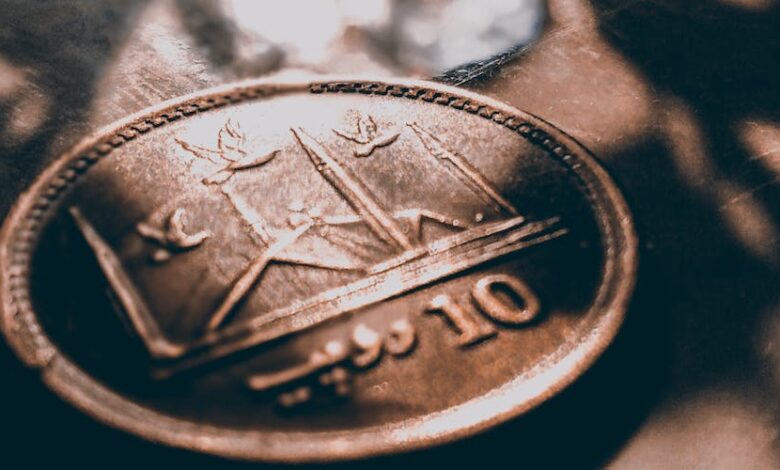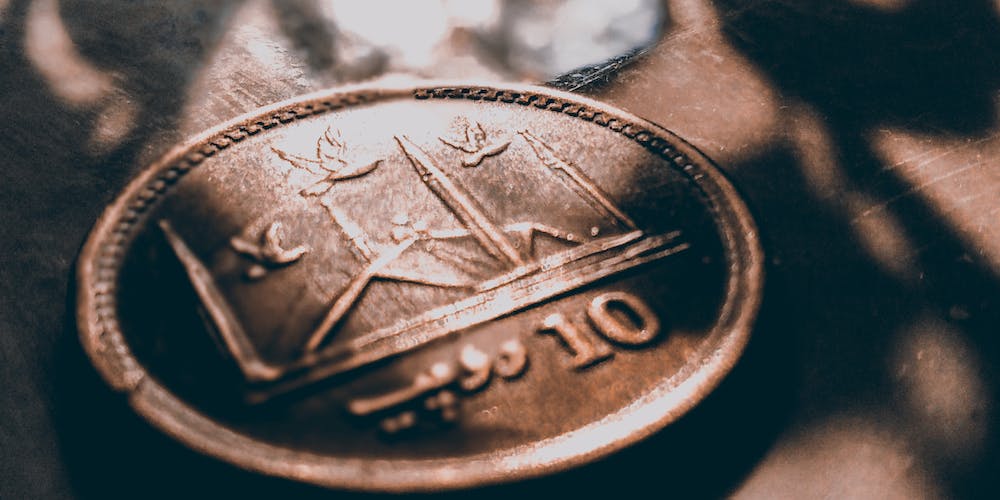Saudi Riyal Pakistan Currency Rate The Complete Guide


If you’re a business owner or individual involved in international trade between Saudi Arabia and Pakistan, keeping an eye on the Saudi Riyal to Pakistan currency rate is essential. Understanding the fluctuations in this exchange rate can help you make informed decisions about when to convert currencies, invest, or hedge against currency risks.
In this guide, we’ll take an in-depth look at the Saudi Riyal Pakistan currency rate, including its current status, factors affecting it, historical trends, and FAQs.
What is the Current Exchange Rate between the Saudi Riyal and Pakistani Rupee?
As of July 26th, 2023, the exchange rate between the Saudi Riyal (SAR) and the Pakistani Rupee (PKR) is 1 SAR = 46.53 PKR. This means that for every Saudi Riyal, you’ll get 46.53 Pakistani Rupees. However, it’s important to note that exchange rates are volatile and subject to change depending on various economic and geopolitical factors.
Factors Affecting the Saudi Riyal Pakistan Currency Rate
Several factors can influence the exchange rate between the Saudi Riyal and Pakistani Rupee. These include:
Economic Indicators
Economic indicators such as inflation rates, interest rates, and GDP growth can affect the value of a country’s currency. Higher inflation rates, for example, can lead to a decrease in the value of a currency as consumers’ purchasing power declines. On the other hand, higher interest rates can make a currency more attractive to investors, leading to an increase in demand and higher exchange rates.
Political Stability
Political instability, uncertainty, and unrest can also impact currency values. For instance, if there’s political turmoil in Pakistan, investors may shy away from investing in the country, leading to a decline in the Pakistani Rupee’s value relative to the Saudi Riyal.
Trade Relations
Saudi Arabia and Pakistan maintain robust trade relations, with Saudi Arabia being one of Pakistan’s largest trading partners. Any changes in trade policies or regulations can affect the exchange rate between the two currencies.
Oil Prices
As an oil-producing country, Saudi Arabia’s economy is heavily dependent on oil prices. If global oil prices rise, the demand for the Saudi Riyal may increase, leading to a higher exchange rate relative to the Pakistani Rupee. Conversely, if oil prices fall, the value of the Saudi Riyal may decline.
Historical Trends of the Saudi Riyal Pakistan Currency Rate
Over the past decade, the Saudi Riyal Pakistan currency rate has been subject to fluctuations. In 2013, the exchange rate was around 1 SAR = 25 PKR. However, the Pakistani Rupee’s value steadily declined over the following years, reaching an all-time low of 1 SAR = 47.57 PKR in June 2022.
Since then, the exchange rate has remained relatively stable, hovering around the 1 SAR = 46-47 PKR mark. However, as mentioned earlier, exchange rates are volatile and subject to change depending on various factors.
How to Keep Track of the Saudi Riyal Pakistan Currency Rate
As an individual or business involved in international trade between Saudi Arabia and Pakistan, it’s essential to keep track of the exchange rate between the Saudi Riyal and Pakistani Rupee. Here are some ways to stay informed:
Check with Your Bank or Financial Institution
Most banks and financial institutions provide regular updates on exchange rates between different currencies. Checking with your bank or financial institution can help you stay up to date on the latest Saudi Riyal Pakistan currency rate.
Use Online Currency Converters
Several online currency converters allow you to check the current exchange rate between different currencies. Some popular options include XE.com, Oanda.com, and Google Finance.
Follow Financial News and Market Updates
Keeping an eye on financial news and market updates can also help you stay informed about the latest developments in the Saudi Riyal Pakistan currency rate. Following reputable news sources such as Reuters, Bloomberg, or CNBC can provide valuable insights into factors affecting exchange rates.
FAQs
Q1. Can I Exchange Saudi Riyals for Pakistani Rupees at Any Bank in Pakistan?
A1. Yes, most banks in Pakistan offer currency exchange services, including exchanging Saudi Riyals for Pakistani Rupees.
Q2. Is it Better to Convert Saudi Riyals to Pakistani Rupees Now or Wait?
A2. The decision to convert currencies depends on several factors, including your business’s needs and risk tolerance. Consulting with a financial advisor can help you make informed decisions about when to convert currencies.
Q3. What is the Long-Term Outlook for the Saudi Riyal Pakistan Currency Rate?
A3. It’s difficult to predict the long-term outlook for any currency exchange rate, as various factors can influence its value. However, staying informed about economic and geopolitical developments can help you anticipate potential trends.
Q4. How Do Changesin Oil Prices Affect the Saudi Riyal Pakistan Currency Rate?
A4. As mentioned earlier, Saudi Arabia’s economy is heavily dependent on oil production and exports. Therefore, changes in global oil prices can impact the demand for the Saudi Riyal, leading to fluctuations in its exchange rate relative to the Pakistani Rupee.
Q5. What Strategies Can I Use to Mitigate Currency Risks when Trading Between Saudi Arabia and Pakistan?
A5. There are several strategies you can use to mitigate currency risks when trading between different currencies, including:
- Forward contracts: These allow you to lock in an exchange rate at a future date, eliminating the risk of currency fluctuations.
- Options contracts: These provide the option to buy or sell currencies at an agreed-upon rate, giving you flexibility in case exchange rates move against your favor.
- Hedging with other financial instruments: You can also use financial instruments such as futures contracts or options on futures to hedge against currency risks.
Conclusion
As an individual or business involved in international trade between Saudi Arabia and Pakistan, keeping an eye on the Saudi Riyal Pakistan currency rate is essential. Understanding the factors affecting exchange rates, historical trends, and staying informed about the latest developments can help you make informed decisions about when to convert currencies, invest, or hedge against currency risks.
By using the strategies mentioned in this guide and consulting with financial advisors, you can mitigate currency risks and navigate the complex world of international trade with confidence.




